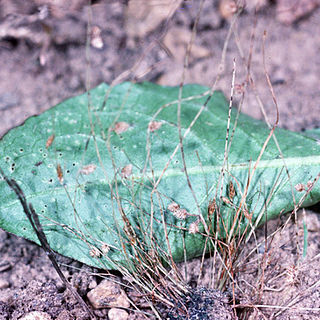Herbs, annual [rarely perennial], usually densely cespitose, not rhizomatous. Culms solitary or not, terete. Leaves basal, proximal bladeless or with involute appendage, distal with distinct blade, glabrous; ligules absent; blades setaceous to involute or flat. Inflorescences terminal, sometimes pseudolateral, ovoid clusters of spikes, spikes 1–4; spikelets [20–]50–150 per spike; involucral bracts 1–4, spreading or erect, leaflike. Spikelets: scales (1–)3, spirally arranged, 1 scale subtending flower, others empty. Flowers bisexual; perianth scales 1–2; stamens 1–2; styles linear, 2–3-fid, base deciduous or persistent, thickened or not. Achenes trigonous or terete.
Herbs, annual or perennial. Leaves basal; leaf blade flat. Involucral bracts leaflike. Spikes 2-7, fascicled into a capitulum or rarely single, with many bractlets and spikelets; bractlets spirally arranged, each with a spikelet. Spikelet with 2 glumes (sometimes absent) and a bisexual flower; rachilla very short, articulate at base, deciduous at article when mature; glumes alternate, membranous, several veined; basal glume without a flower; apical glume with a bisexual flower. Perianth bristles absent. Stamens 2. Stigmas 2. Nutlet 3-sided, biconvex, or plano-convex, included by subtending glume.
Glabrous annuals or perennials, with leaves usually much shorter than the culms; inflorescence terminal, of several terete, sessile spikes, with an involucre of 2 or 3 leafy to subulate bracts; the individual spikes composed of numerous closely imbricated 3-scaled reduced spikelets, of which only the outermost scale is prominent, the 2 hyaline and obscure inner scales enveloping the plano-convex to trigonous elongate achene; stamens 1 or 2; style 2-3-cleft.
Scales spirally imbricate, ± scarious; fls perfect, each in the axil of a scale and also subtended by an additional pair of hyaline scales, one adaxial and persistent on the rachilla, the other abaxial and deciduous with the achene; stamens 1 or 2; style bifid or trifid; achene subtrigonous or lenticular; infl a terminal head of 3–several spikelets subtended by 2 or 3 foliaceous bracts. ± 12, mainly trop.

